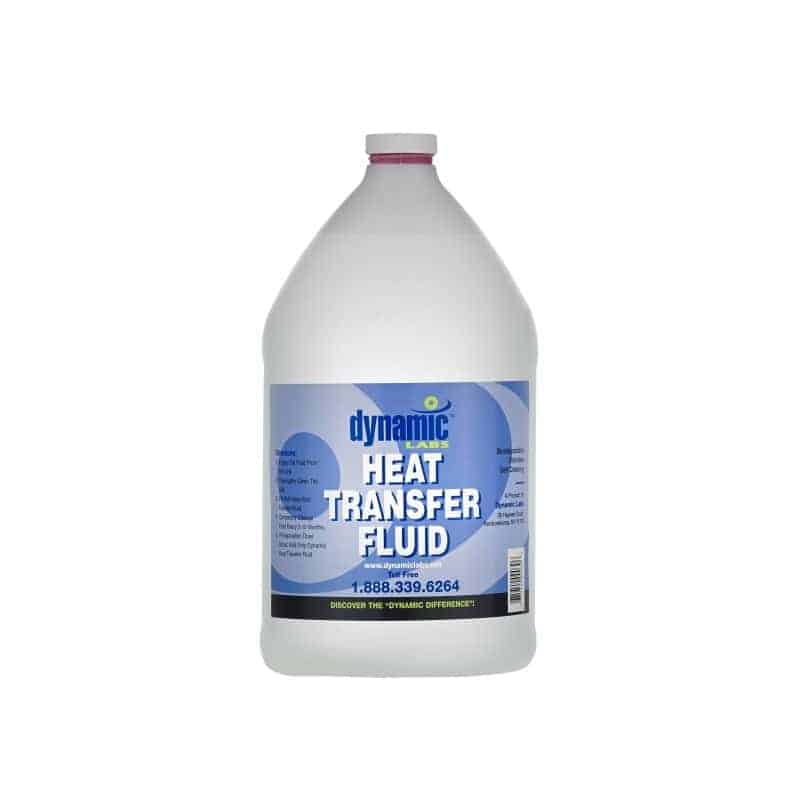How Heat Transfer Fluid Effects the Performance of A/c Systems
How Heat Transfer Fluid Effects the Performance of A/c Systems
Blog Article
Recognizing the Uses of Heat Transfer Liquid in Industrial Applications
In the dynamic landscape of industrial applications, warm transfer liquids (HTFs) are indispensable for maintaining precise thermal law, essential to maximizing functional effectiveness and item top quality. From the ins and outs of chemical handling to the robust demands of power generation, HTFs are central to making sure secure and efficient warmth exchange.
Duty in Chemical Handling
In chemical handling, heat transfer fluids play a vital role in maintaining specific temperature control, which is important for maximizing reaction rates and guaranteeing item top quality - heat transfer fluid. These fluids are pivotal in facilitating reliable warmth exchange between process tools, consequently making it possible for the policy of thermal problems within reactors, purification columns, and other critical apparatus. Their ability to keep security under differing thermal tons and ecological conditions makes them important in chemical manufacturing
The selection of an ideal warm transfer fluid is determined by aspects such as thermal conductivity, particular warmth capacity, viscosity, and chemical compatibility with the procedure materials. High-performance liquids permit for fast heating and cooling, enhancing the efficiency of endothermic and exothermic responses. Their thermal stability decreases the threat of deterioration or contamination, which can lead to devices fouling and minimized procedure efficiency.
Along with temperature regulation, these fluids add to safety and security by protecting against overheating and reducing the potential for thermal runaway reactions. By giving regular thermal administration, warm transfer liquids enhance process reliability and can lead to considerable power financial savings. As chemical procedures come to be progressively complex, the significance of choose and keeping optimal warm transfer fluids can not be overstated.

Power Generation Applications
Relocating from chemical handling to power generation, heat transfer liquids presume a crucial role in the production of power. In power generation applications, these fluids are crucial in keeping optimal thermal effectiveness and ensuring the trusted procedure of nuclear power plant. Various kinds of power generation centers, including fossil fuel-based plants and focused solar energy (CSP) systems, rely greatly on warmth transfer liquids for reliable energy conversion.
In fossil fuel power plants, warm transfer liquids are made use of to transfer heat from combustion gases to water in boilers, generating steam that drives turbines. This procedure requires liquids with high thermal security and superb warm transfer residential properties to endure severe temperature levels and pressures. In CSP plants, heat transfer fluids distribute with solar collectors, absorbing solar power and transferring it to a main receiver where it is utilized to generate heavy steam. The steam then powers turbines to create electrical energy.
The selection of heat transfer fluid in these applications is essential, as it impacts the plant's efficiency, safety and security, and ecological footprint. Artificial oils, molten salts, and other specialized fluids are commonly utilized, chosen based upon their thermal stability, warmth capacity, and compatibility with system materials.
Effect on Food and Beverage Market

In enhancement to boosting item top quality, warmth transfer fluids add to functional performance by decreasing energy intake and reducing process times. Their thermal stability and high warmth ability enable rapid heating and cooling cycles, bring about boosted throughput and cost-effectiveness. Moreover, using food-grade warm transfer liquids, which abide by rigid safety requirements, guarantees that there is no risk of contamination, therefore guarding public health.
The versatility of heat transfer fluids enables their application throughout a vast array of food and beverage procedures, from dairy and confectionery to brewing and bottling. By enhancing temperature control, these fluids play a vital function in satisfying the developing needs of the food see this here and drink sector while keeping high criteria of quality and safety.
Importance in Production

A crucial element of manufacturing procedures throughout various sectors is the effective monitoring of temperature level, which is where warm transfer fluids demonstrate their relevance. Warm transfer fluids help with these regulated settings by soaking up, moving, and launching warmth as needed.
In making setups, warm transfer liquids contribute significantly to functional performance and cost-effectiveness. By lessening temperature variations, they help in reducing power intake, thus decreasing functional costs and improving sustainability. They boost the lifespan of tools by stopping getting too hot and thermal anxiety, which can lead to expensive downtime and repair services.
Additionally, the adaptability of heat transfer fluids allows them to be customized for details applications, accommodating a vast array of temperatures and environmental problems. This flexibility makes sure consistent performance, even in the most demanding commercial setups. Ultimately, the critical use of heat transfer fluids encourages suppliers to optimize their processes, enhance product high quality, and keep an one-upmanship in an ever-evolving market.
Breakthroughs in Warm Transfer Modern Technology
With advancements in warmth transfer innovation, industries are experiencing transformative improvements in temperature level monitoring systems. Modern HTFs, such as nano-fluids, show improved thermal conductivity and stability, which significantly improve warm exchange processes.
Furthermore, the combination of clever modern technology and electronic monitoring systems has actually revolutionized warmth administration. Advanced sensing units and IoT tools offer real-time information analytics, enabling specific control and optimization of warm transfer procedures. This leads to boosted safety, minimized downtime, and extended equipment life-span.
In addition, the advent of magnetic and phase-change materials in warm transfer applications marks a substantial leap forward. heat transfer fluid. Magnetic fluids, for example, offer rapid warmth dissipation with magnetic field control, while phase-change products effectively save and launch thermal energy throughout phase transitions
These technological strides are not only boosting performance in typical industries such as chemical handling and power generation yet are additionally fostering innovation in arising areas like renewable resource systems and electronic air conditioning, leading the way for lasting my link industrial procedures.

Verdict
Heat transfer liquids are essential to industrial applications, supplying exact temperature level control and enhancing functional effectiveness. Advances in heat transfer innovation proceed to enhance these features, underscoring the critical function of HTFs in industrial processes.
Report this page